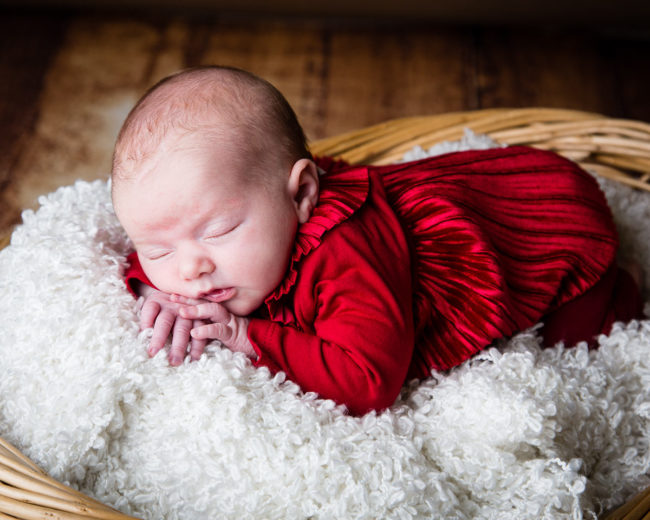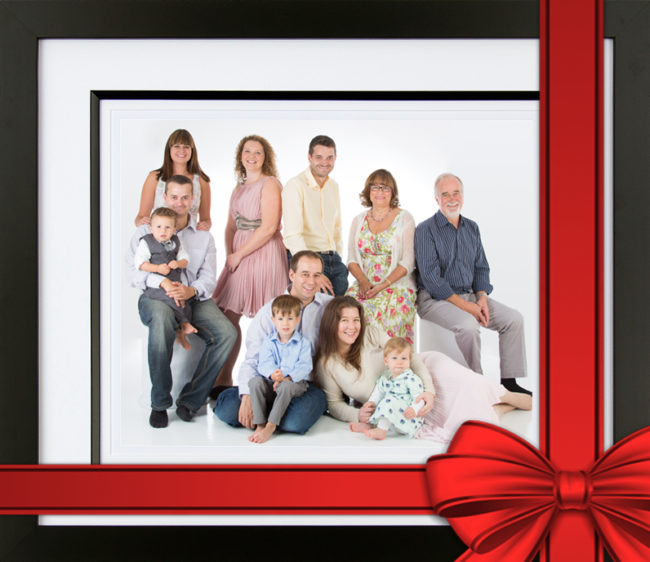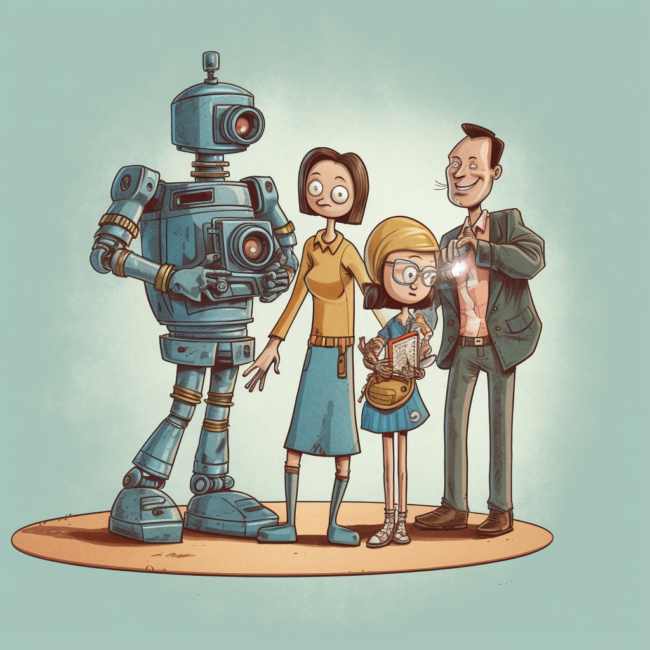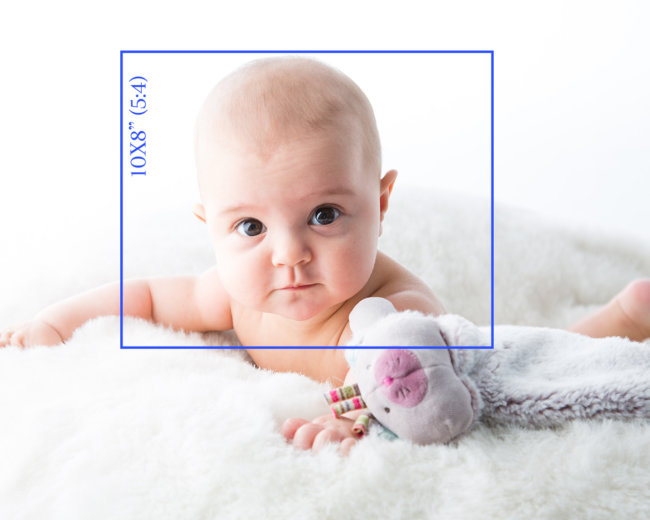During family photography sittings in our Epsom studio, we often get asked to photograph a range of different styles to offer a wide choice for the subsequent product and print selection. We are more than happy to do this, but we do ask clients to inform us in advance if they have any strong preferences on photography style.
Labelling small differences in photography styles can sometimes be superficial, but there are some broad genres in studio photography that are sometimes useful to think about. Most people understand the difference between colour and black and white, but not always the distinction between high key and low key photography.
High key photography in the studio usually refers to the use of a brightly-lit white background. In more technical terms it’s about lower contrast or lower lighting ratios. Although the images are often vibrant, the lighting is normally bright and even. This type of photographic style is good for photographing groups of people in a contemporary, informal and relaxed way. The studio photographer does not have to worry too much about posing (say) a family in a strict or formal fashion in order to ensure that everyone’s faces are nicely lit. Instead the photographer can concentrate on expressions and the relationship between the sitters. Similarly, high key photography has advantages when photographing small, mobile toddlers who do not always share the same agenda as their parents. The photographer can concentrate on their mood, expression and reassurance (and sometimes reasoning!).
Low key photography has much wider range of light gradation (including darker areas) and places more emphasis on light sculpting the subject. Low-key photography is sometimes described as more artistic (possibly atmospheric), because the light is being used more selectively to highlight specific areas of the subject. For example, the lighting can be arranged to fall off the subject’s face (leaving it partly in shadow) in such a way as to make the face look thinner.Since this type of lighting set-up is more exacting, it is more naturally suited to individual subjects. And low-key photography is often associated with one light source. Buy if there is a family group, for example, a low-key style is possible, but likely to involve tighter posing and a more complicated lighting set-up. On a wider level, our general style of wedding photography is a good example of low key lighting.
In many ways, these two genres can be thought of as two ends of the spectrum – and indeed, many photographs do not fit into either category. But nevertheless, it is a useful distinction for articulating preferences. If you are interested in family or baby photography our surrey photography studio, please get in touch.






